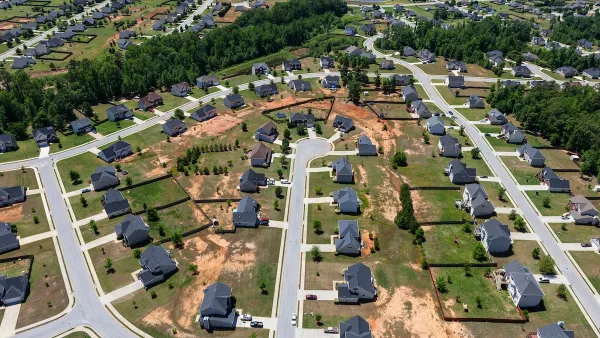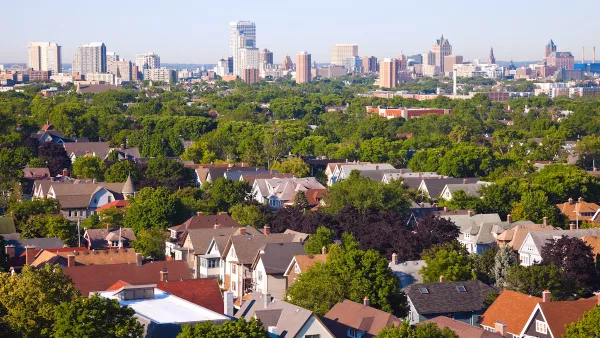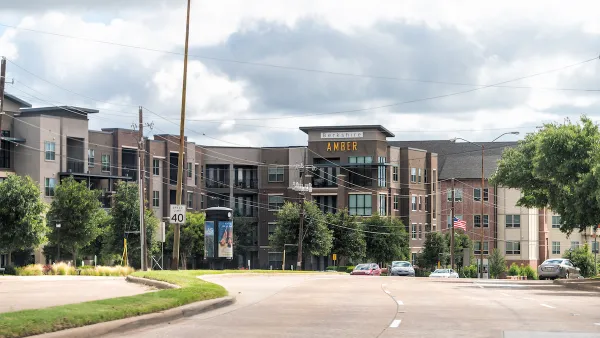While zoning is just one of many factors impacting racial integration and economic mobility, it is an issue with some of the more straightforward solutions.

In a policy brief for George Mason University’s Mercatus Center, Salim Furth describes two new studies from Greater Boston and Minnesota’s Twin Cities that quantify the relationship between zoning restrictions and racial integration in neighborhoods.
According to Furth, “They find that zoning for multifamily housing is associated with substantially larger non-White population shares than zoning for single-family housing.” While integration is impacted by a variety of complex causes, “Unlike most other barriers to full racial integration, zoning uniquely can be addressed with straightforward, low-cost policy change.”
Furth argues that the relationship is straightforward: “Zoning determines which housing types predominate in an area. Some housing types are mostly owned; others are mostly rented. And ownership rates differ sharply by race.” According to Furth, “permissive zoning allows more families to solve their own problems using their existing resources.”
The brief details the results of each study, noting that “A weakness of both papers is that they are snapshots taken at the end of a long co-evolution of zoning, structures, and race,” and that the research is limited to specific milieus. Nevertheless, “The chain of exclusion offers a clear framework for understanding the likely effects of zoning in other cities. Data on racial homeownership patterns and housing type ownership and rent splits are readily available and can guide local discussions of zoning as a barrier to integration.”
The brief goes on to offer some policy solutions, namely allowing rental-friendly housing in more areas and promoting the integration of different housing types. As Furth notes, “Allowing, or even encouraging, people to live near those who differ in race, ownership status, and income does not guarantee that they will become friends,” but it can help open up economic and social opportunities for more households.
FULL STORY: New Research Shows How Zoning Slows Racial Integration

Analysis: Cybertruck Fatality Rate Far Exceeds That of Ford Pinto
The Tesla Cybertruck was recalled seven times last year.

National Parks Layoffs Will Cause Communities to Lose Billions
Thousands of essential park workers were laid off this week, just before the busy spring break season.

Retro-silient?: America’s First “Eco-burb,” The Woodlands Turns 50
A master-planned community north of Houston offers lessons on green infrastructure and resilient design, but falls short of its founder’s lofty affordability and walkability goals.

Test News Post 1
This is a summary

Analysis: Cybertruck Fatality Rate Far Exceeds That of Ford Pinto
The Tesla Cybertruck was recalled seven times last year.

Test News Headline 46
Test for the image on the front page.
Urban Design for Planners 1: Software Tools
This six-course series explores essential urban design concepts using open source software and equips planners with the tools they need to participate fully in the urban design process.
Planning for Universal Design
Learn the tools for implementing Universal Design in planning regulations.
EMC Planning Group, Inc.
Planetizen
Planetizen
Mpact (formerly Rail~Volution)
Great Falls Development Authority, Inc.
HUDs Office of Policy Development and Research
NYU Wagner Graduate School of Public Service




























